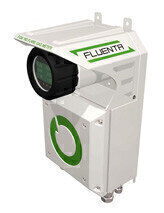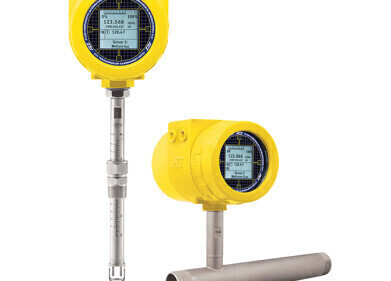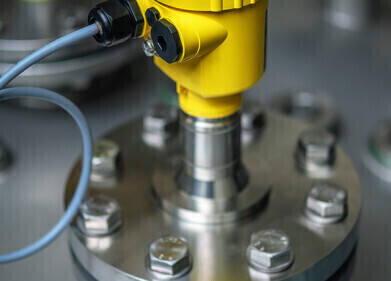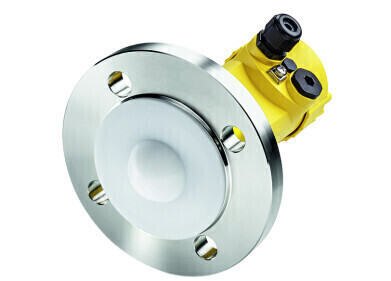Flow Level Pressure
Flare Gas Meter Accuracy Proved by the Netherlands’ National Metrology Institute
Feb 08 2017
Fluenta have recently announced that VSL, the National Metrology Institute in the Netherlands, has proved Fluenta meters can operate with an uncertainty of 1.5 per cent, even at low flow rates.
Extensive testing at the VSL facility in the Netherlands demonstrated that calibration of the Fluenta 160 flare gas meter can double its accuracy, from 3 to 1.5 per cent uncertainty. Fluenta’s gas flow meters use ultrasonic technology to deliver the most accurate measurement of flow against all temperatures and flow rates.
The VSL calibration testing follows a successful testing at the CEESI facility in Colorado, which proved the Fluenta 160 flare gas meter has an uncertainty of less than three per cent, even at low flow velocity, even without calibration.
During the VSL testing, the Fluenta 160 flare gas meter was calibrated using air under atmospheric conditions, with a relative humidity of 44.8% and a temperature of 20 degrees Celsius. The 160 was calibrated against a VSL multipath master meter for reference, where the volume of flow of the reference meter was converted to a volume flow at the conditions of the 160, taking temperature and pressure into account.
VSL offers the lowest possible uncertainty in the field of volume, mass and flow and its process analyses the entire metering system to establish its accuracy and measurement uncertainty.
Sigurd Aase, CEO of Fluenta, said: “Testing of Fluenta’s 160 flare gas meter at the VSL facility was carried out on behalf of a customer that required the highest level of accuracy for its flow meters to achieve its corporate objective of ‘Zero Routine Flaring by 2030’. Introduced by the World Bank, this initiative aims to eliminate routine gas flaring no later than 2030.”
Aase continued: “The additional accuracy provided calibrated flow meters enables companies to more effectively manage the transition to zero routine flaring, as well as report non-routine flaring volumes accurately.”
Digital Edition
PIN 25.1 Feb/March
March 2024
In This Edition Safety - The technology behind the ION Science Tiger XT - Safety with ammonia and LOHCs as hydrogen carriers Analytical Instrumentation - Discussion on new tribology te...
View all digital editions
Events
Apr 28 2024 Montreal, Quebec, Canada
Apr 30 2024 Birmingham, UK
May 03 2024 Seoul, South Korea
May 05 2024 Seville, Spain
May 06 2024 Riyadh, Saudi Arabia


















